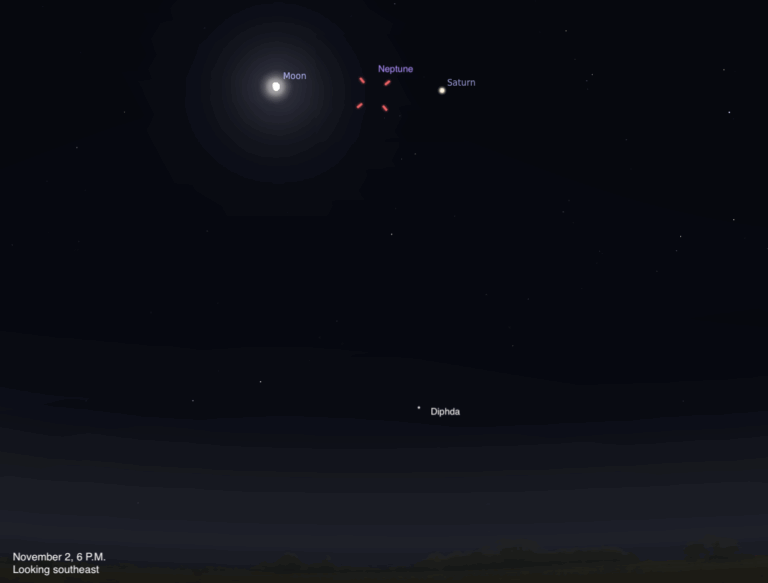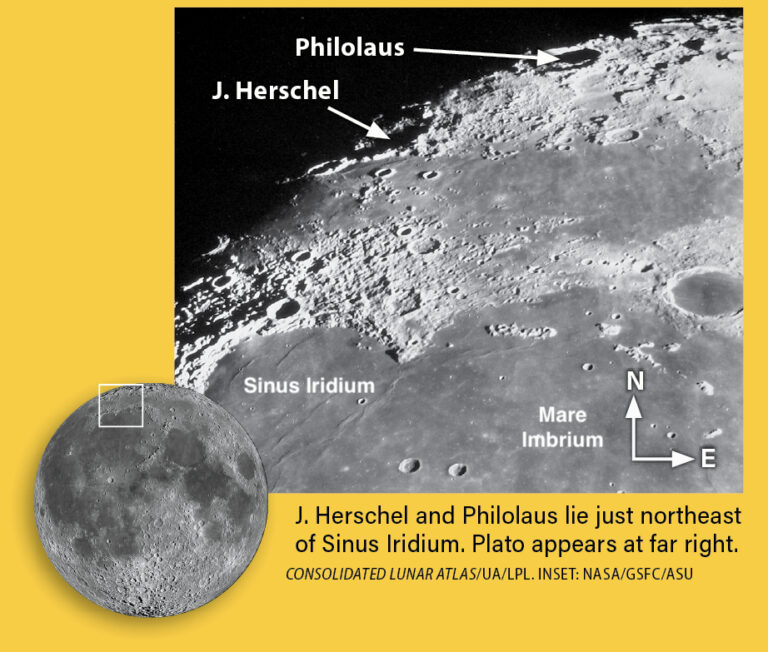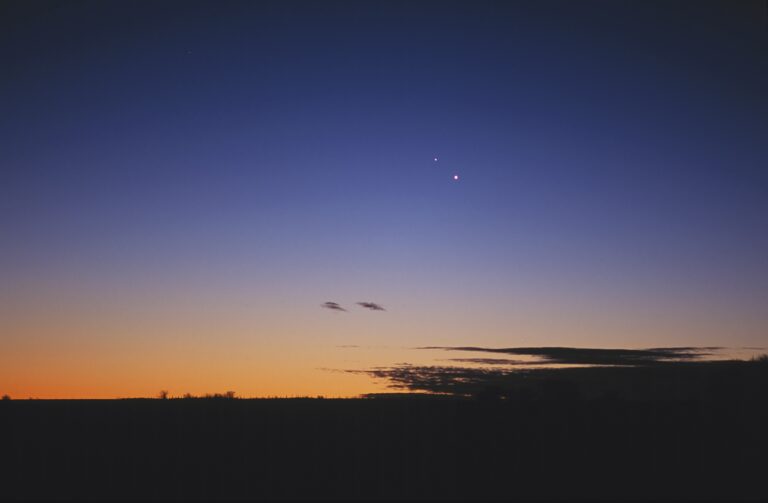
Credit: Chris Schur
Key Takeaways:
- Comet C/2025 A6 (Lemmon) presents an observational challenge due to competing factors of increasing solar energy absorption and increasing Earth distance, creating uncertainty in its current brightness, further complicated by significant lunar illumination until November 5.
- Observation attempts are recommended 0.5 to 1.5 hours after sunset, facing northwest towards its location within the constellation Ophiuchus, utilizing binoculars or a telescope with varying magnifications to resolve potential tail structures.
- The comet was discovered on January 3, 2025, by the Mount Lemmon Survey and is characterized as a "ball of frozen gases" currently traveling at 135,000 miles per hour.
- Comet Lemmon is currently on an inbound trajectory with an approximate 1,350-year orbital period, which will be gravitationally reduced to 1,150 years following its November 8 perihelion passage, making its next terrestrial appearance around the year 3175.
Now that we’ve passed Halloween and moved into November, comet-watchers expect that Comet C/2025 A6 (Lemmon) will fade. But we really can’t tell right now because the bright Moon is spreading so much light in our night sky that it makes the comet hard to see. So, between now and November 5, let’s take a break and wait until the Moon rises long after sunset.
Comet Lemmon is still on its inbound journey right now before it swings around the Sun and heads back out. So, it’s getting brighter as it receives more solar energy, but it’s also fading because it’s moving away from Earth. We hope that the increase in energy more than makes up for the increasing distance, but we just don’t know. That’s why we have to keep watching it.
Observe it
First, find the time the Sun sets at your location. A quick Google search for, “When is sunset at [location]” will do it. Then, head out an hour and a half later than your sunset time and face northwest. Use the finder chart here to identify some of the visible stars, and then point binoculars toward the comet’s location and try to see it.
Lemmon is currently passing in front of the stars of the constellation Ophiuchus. That’s a problem for people who don’t know the sky because there aren’t any bright stars near the comet. Most observers will target Arcturus (the brightest star in the constellation Boötes) and move to the upper left from that star. But Arcturus sets long before the comet does, so start your hunt half an hour after sunset.
If you’re bound and determined to try for Comet Lemmon and you’re using a telescope to observe it, start viewing the area it’s in with your lowest power eyepiece. Hopefully, even with a bright Moon, you might happen to sweep it up into your field of view. Depending on the length of the tail, you might be able to see the whole comet. Then, step by step, increase the magnification and scan the comet’s length for details. Can you see a single tail, or are there two? Are any parts of the tail brighter than others? Does the tail look disconnected at any point? Take your time.
More details
Comet Lemmon was discovered January 3, 2025, as part of the Mount Lemmon Survey, which uses a 60-inch telescope at Mt. Lemmon, Arizona (a scant 15.5 miles north of the author’s home). The camera attached to the telescope’s prime focus captures images that are 5° square.
Interestingly, the comet’s current orbital period is approximately 1,350 years. But after its perihelion passage (its closest approach to the Sun) on November 8, our star’s gravity will reduce that to 1,150 years. So, the next chance for earthbound observers to see this occasional visitor will be around the year 3175.
So, take a few minutes in the evening and try and spot Comet Lemmon — a ball of frozen gases currently speeding past Earth at 135,000 miles per hour (217,000 kilometers per hour). Be persistent because the Moon will be getting larger and brighter each night until it’s Full on November 5, spreading more and more of its reflected sunlight through our atmosphere. But who knows how bright it will still be after Full Moon, when we’ll have some early evening darkness? Now may be your last chance to spot it. Good luck!







